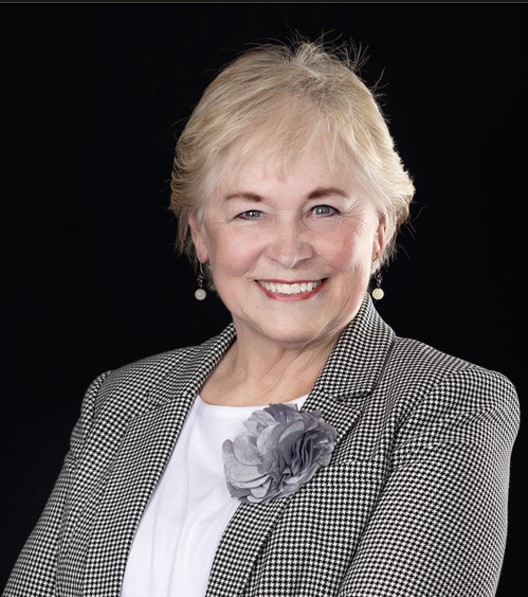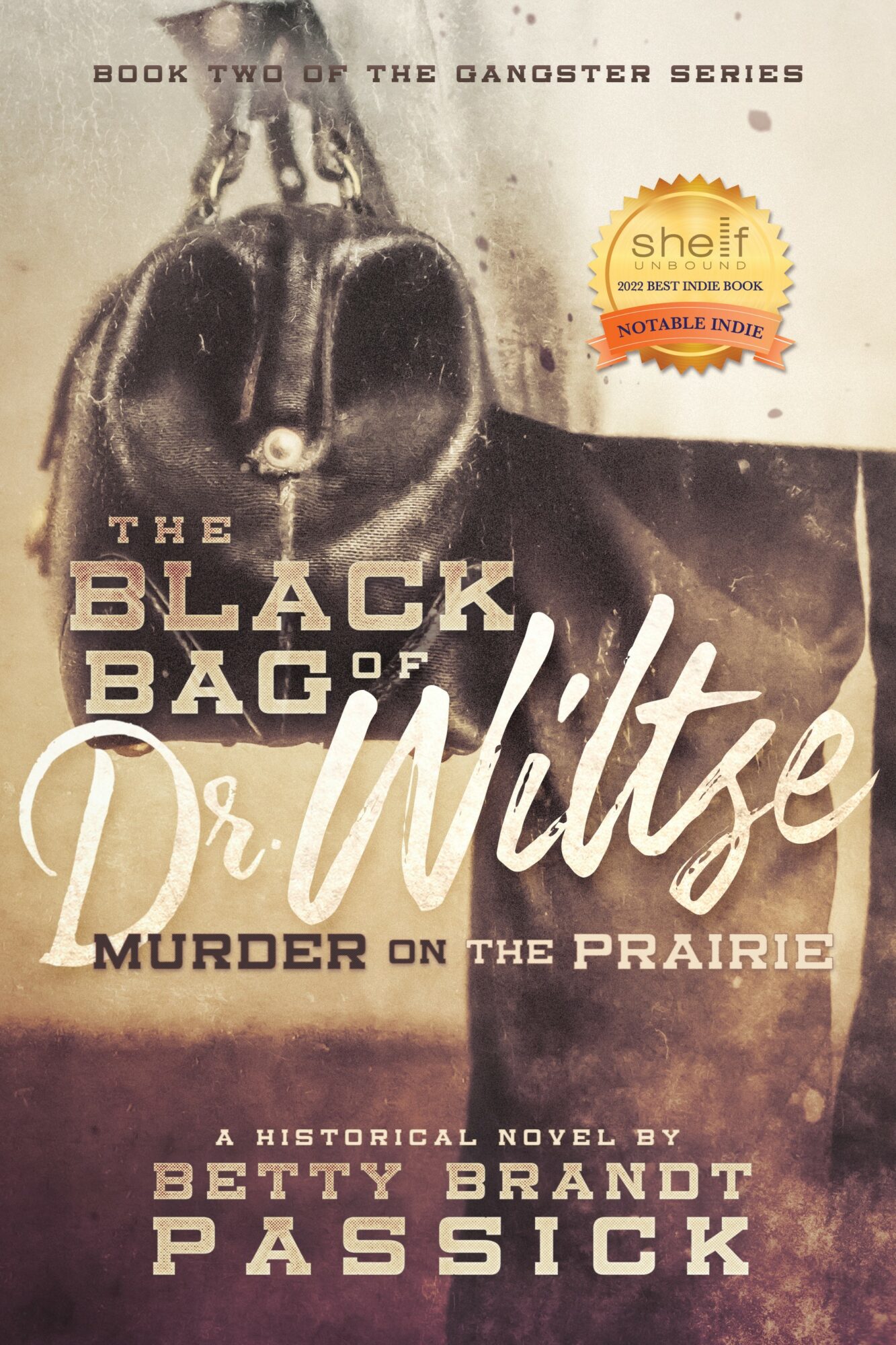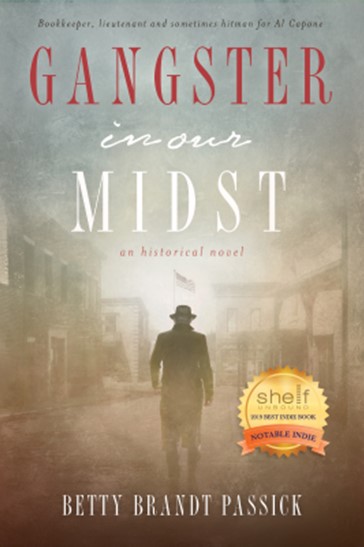

Today we’d like to introduce you to Betty Brandt Passick
Hi Betty Brandt, so excited to have you with us today. What can you tell us about your story?
I was approaching my tenth birthday when my primary family moved from an Iowa farm into the small town of Fairbank in the late 1950s. Within a day or two, a neighbor stopped by to welcome us to the community. I’ll never forget the piece of information he mentioned in the brief conversation: “…The town has a gangster,” he whispered.
I had no idea what a gangster was. Growing up on a farm, I only knew about the wars between cowboys and Indians. That day, the word “gangster” got added to my vocabulary… Perhaps it stuck because I had already told myself that someday I was going to write books.
Over the years, I gleaned more information about the town’s gangster, Louie La Cava—though I never met him, at least not to my knowledge. During high school working in the town café, I overheard conversations among the locals about La Cava. The Italian American had come to the town in the early 1920s and soon bragged at an afternoon poker game at the cafe stating he worked for Al Capone as his bookkeeper, but only for the good side of his business, his charities. Before that moment, the townspeople—made up of Germans, Irish and Swedes—thought of him as a “mystery man,” I imagined, because he stuck out with his dark Italian skin, fancy clothes, and the fact he drove a big black Lincoln. When word spread La Cava worked for Chicago Kingpin Al Capone, they realized their mystery man…was a gangster. His presence set the whole community on edge, even as he resided in the town off and on for the next sixty years.
I heard myriad other stories about La Cava, but no one I talked to—even ninety years later—seemed to know if his claim to have worked for Capone was fact or fiction.
Fast forward to ten years ago, when I retired from a Fortune 500 company and launched a new career as an author. The town’s gangster was at the top of my short list of ideas to research for a historical novel.
Turned out, it was easy to verify or refute La Cava’s claim to being Capone’s bookkeeper. One day I simply typed into Google, “Louie La Cava and Al Capone,” to see what would pop up. I found La Cava’s testimony at Capone’s 1931 trial on tax evasion, wherein he verified Capone’s income for the years 1924-1929, and the testimony given was as Capone’s bookkeeper—and not just for his charities.
La Cava hadn’t testified at Capone’s trial of his own volition; He hid out for two years previously in Pittsburgh, Pennsylvania before being found and subpoenaed by the Federal Government to testify. Surely, he expected to get whacked for his testimony.
In addition, I found La Cava named in other government records—for example, the La Cava mafia family is listed in a 1930s document, Who’s Who of Organized Crime in Chicago.” Unearthing newspaper articles from across the U.S. provided more information about his illegal activities at the behest of Capone’s outfit. What a story I had found! The final piece of research to write the fact-based story (the town is named “Oxbow” in the book) was interviewing a dozen locals who knew the gangster best.
In 2017, I published Gangster in Our Midst: Bookkeeper, Lieutenant, and Sometimes Hitman for Al Capone. The novel won an Indie Book Award from Shelf Unbound book review magazine. I wrote book 2 in the gangster series in 2021, The Black Bag of Dr. Wiltse, Murder on the Prairie, which tells the backstory of the family who built Hotel Wiltse in Fairbank—a major setting in Gangster in Our Midst. The novel also won an Indie Book Award. Book 3 in the series will be available in early 2025.
I’m sure it wasn’t obstacle-free, but would you say the journey has been fairly smooth so far?
My novel, Gangster in Our Midst (2017), taught me many invaluable lessons as a first-time author.
I had rushed to finish the book for a reason that now seems ridiculous—and thus, soon after the book’s launch, I heard from buyers that the book contained myriad surface errors. Ouch! I had begged to use a lovely local artistic rendering for the book cover, wanting the cover to reflect the organic story between the covers, but bookstore owners expressed reluctance to even put it on the shelf (because of the cover, but also the surface errors). Ouch (again)! Then, within a couple weeks, several people informed me they wished they’d known I was writing that particular story because they had unique accounts of La Cava and Capone related to the town (I kind of expected this would happen).
Each of these failures was an embarrassing lesson and difficult to move beyond, but I learned the steps one must take to write and publish a good novel. Long story short, I interviewed the people who had new stories—which required a total rewrite of the manuscript. I researched book covers of similar genres at bookstores and found a professional artist to render an improved, professional cover. I hired an editor (again) to aid me in conducting a word-by-word, line-by-line manuscript edit. Ultimately, the novel won a book award.
As you know, we’re big fans of you and your work. For our readers who might not be as familiar what can you tell them about what you do?
What sets me apart from other historical mystery authors is that I write novels using a unique cross-genre that utilizes elements of fiction and nonfiction to tell the story.
I begin writing each novel by conducting extensive research about the subject matter. In Gangster in Midst, for example, I gleaned fact-based details about the Louie La Cava family genealogy; FBI and police reports, and newspaper accounts; plus I identified era-appropriate historical places and regional maps, interviewed first and secondary sources, and researched the minutest discrepancies of language, clothing, hairstyles, food, etc. Telling non-fiction aspects of a story, however, makes it a documentary, however – not a novel.
An example of where I fictionalized the story and added emotional depth is the chapter, “Winters without Mercy.” La Cava’s Roman Catholic faith requires him to regularly make confession. No one knows what gets said between a priest and the parishioner, so I had to imagine the conversation (I wasn’t raised Catholic). I conjured several possibilities to tell this pertinent piece of La Cava’s story (how does faith instruct/intrude into the life of a mafia figure). Would La Cava avoid going to confession at all, as many mobsters surely did? In the confessional, what might he be afraid of letting “slip” during a moment of weakness? What would he do if Father Halpin bore down on him to confess “everything” to clear his conscience? Would he feel he could trust the priest-penitent confidentiality agreement? The priest is friends with the town marshal, Sweeney Delaney…did La Cava fear the priest may feel obligated to forewarn him in order to protect the town’s citizenry if La Cava’s confession implicates him in criminal activity? Might La Cava feel paranoid the Feds were listening to the conversation in the confessional?
Not being a Roman Catholic, I resourced Catholics to help me understand the church’s beliefs, so as to be able to climb into La Cava’s psychic and depict him as a three-dimensional character…as a husband, mafia character—and man of faith.
It’s the reason I use a unique cross-genre that utilizes elements of fiction and nonfiction — honest and ethical research — to tell the whole story.
If you had to, what characteristic of yours would you give the most credit to?
My heartfelt goal is to help others – especially young people – write creatively. Since 2023 I’ve hosted the annual Wapsie Writing contest. I offer to come to schools to introduce the contest and invite students to enter the contest. I invite those interested to learn more at www.BettyBrandtPassicl.com.
Contact Info:
- Website: https://BettyBrandtPassick.com
- Facebook: https://facebook.com/Betty.Passick
- Twitter: https://x.com/BBPCOM/













